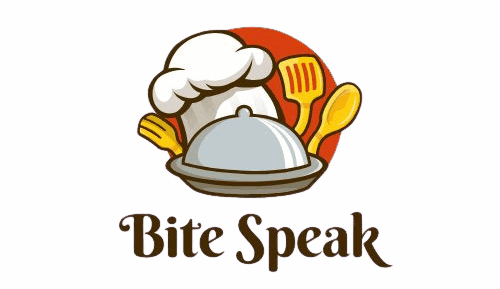17 Essential Cooking Techniques That Will Improve Your Skills
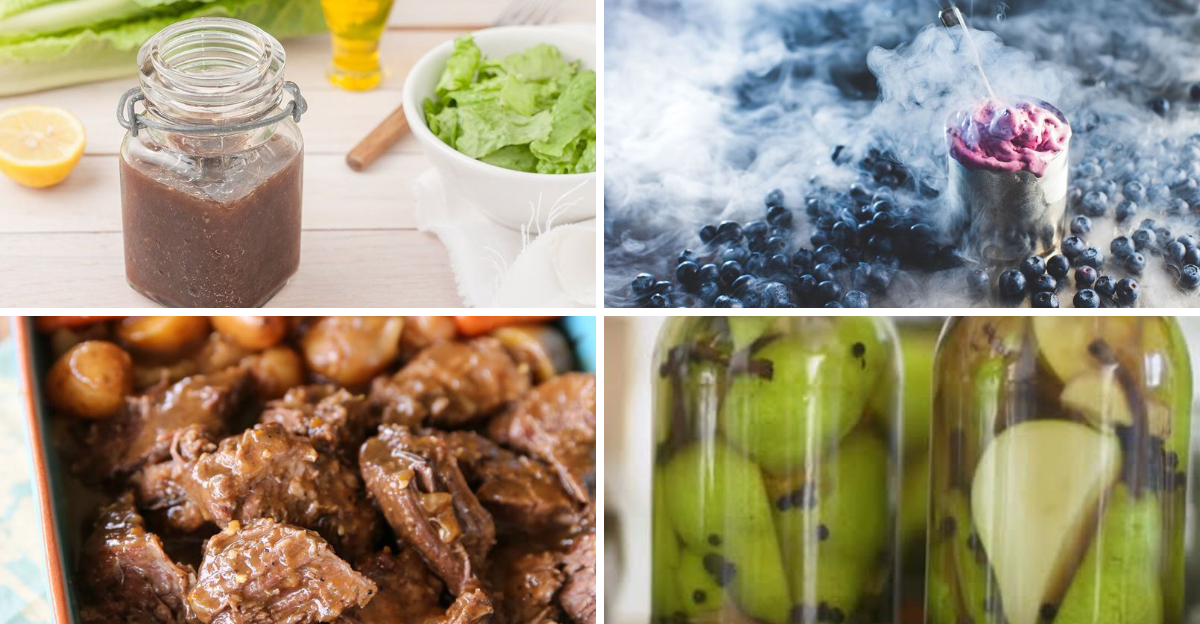
Cooking is an art and science combining traditional methods with innovative ideas. Whether you are a novice or an experienced chef, mastering various techniques can enhance your culinary skills. Here’s a list of 18 essential yet diverse cooking techniques. From the traditional to the quirky, each offers something to your culinary adventures.
1. Sous Vide
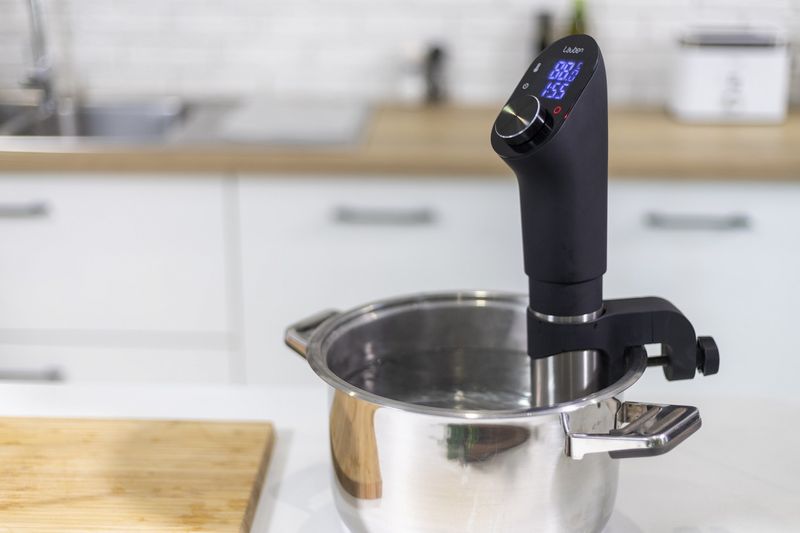
Sous vide, a technique that involves vacuum-sealing food in a bag and cooking it to a precise temperature in a water bath, offers incredible control over cooking. The method ensures that the food is cooked evenly throughout, retaining moisture and flavor. Unlike traditional cooking methods, sous vide allows you to cook food to the exact doneness you prefer. This technique is not limited to meats; vegetables and even eggs can benefit significantly from it. Sous vide’s precise nature makes it an excellent choice for anyone looking to achieve consistent results. The process might seem high-tech, but it’s accessible with modern home devices. It’s a excellent blend of technology and culinary arts, offering many possibilities for culinary exploration.
2. Pickling
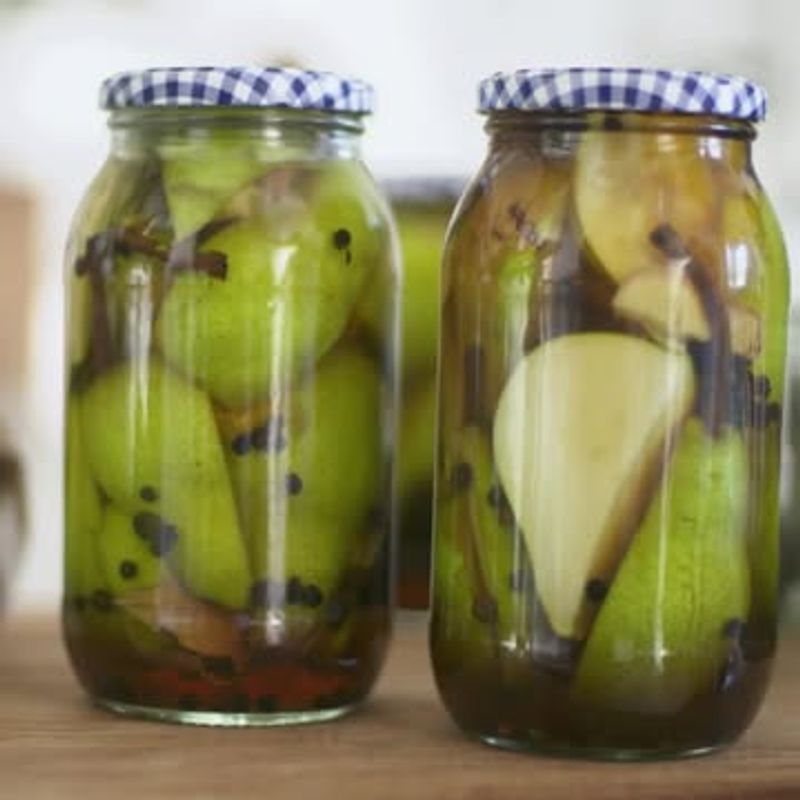
Pickling is an age-old technique of preserving food by immersing it in vinegar or brine. This method not only extends the shelf-life of foods but also enhances their flavors with tangy and spicy notes. Pickling can be applied to a wide variety of vegetables and even some fruits. The process is relatively simple, requiring just a few ingredients and minimal equipment. The key to successful pickling lies in the balance of acidity and seasoning, tailored to personal taste. Homemade pickles offer an opportunity to experiment with different spices and flavors. Pickling is a fun and creative way to add zest to everyday meals, from sandwiches to salads.
3. Roasting
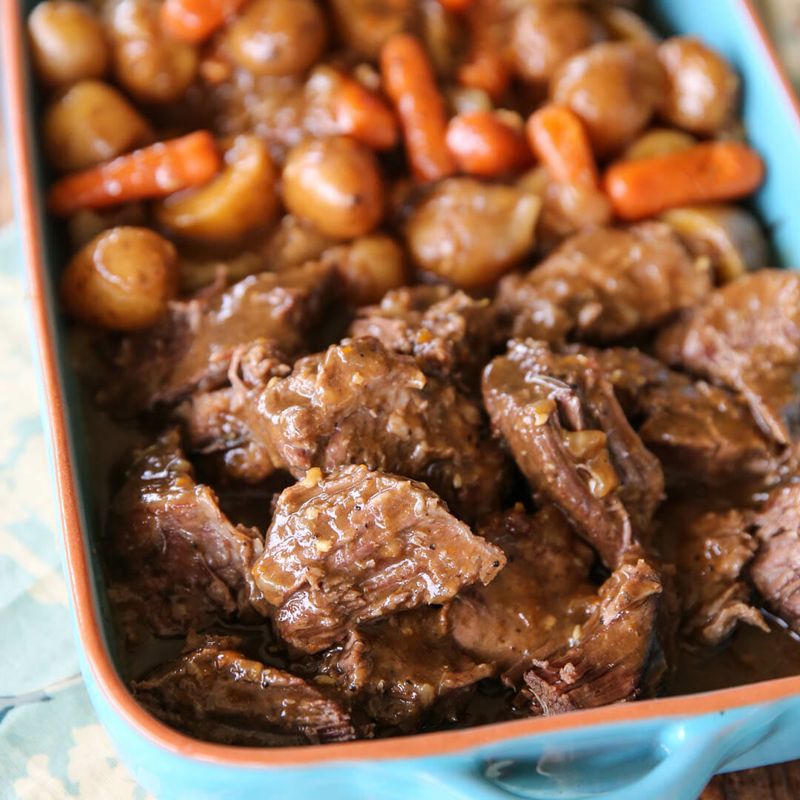
Roasting involves cooking food, typically meat or vegetables, in an oven at high temperatures. This method is ideal for achieving a crispy, caramelized exterior while keeping the inside tender and juicy. Roasting enhances the depth of flavors, turning simple ingredients into a feast. Proper roasting requires preheating the oven and occasionally basting the food to ensure even cooking and prevent it from drying out. This technique is incredibly versatile, allowing you to roast everything from a whole chicken to an array of seasonal vegetables. With practice, roasting can become a straightforward way to make hearty, flavorful meals with minimal preparation.
4. Smoking
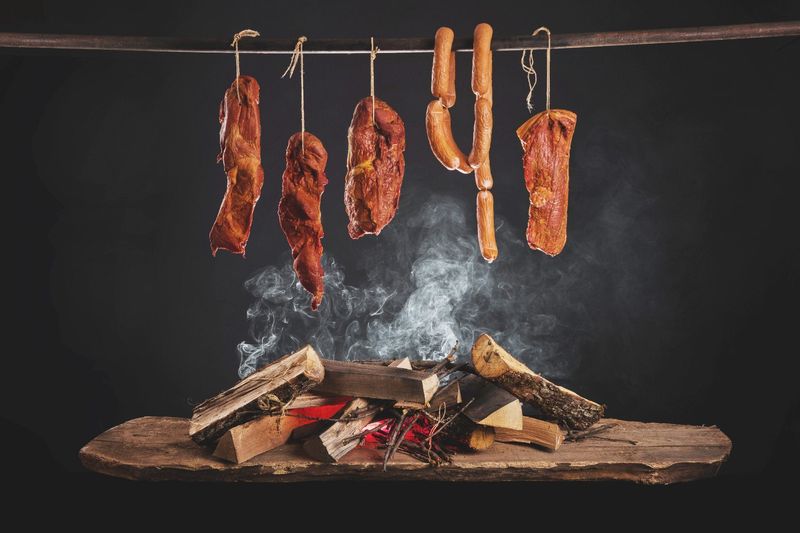
Smoking, a technique that infuses food with rich, smoky flavors, is both traditional and versatile. It involves cooking food over smoldering wood chips, adding depth and complexity to meats, fish, and even vegetables. The process can be achieved through various methods, including hot and cold smoking. Each method offers distinct results, from the bold flavors of hot smoking to the subtle nuances of cold smoking. Mastering smoking requires attention to detail, as the type of wood and duration of exposure significantly influence the final product. Smoking is more than a cooking technique; it’s an experience that brings out the essence of the ingredients. It’s a skill that enhances the culinary repertoire and adds a touch of smokey to any dish.
5. Molecular Gastronomy
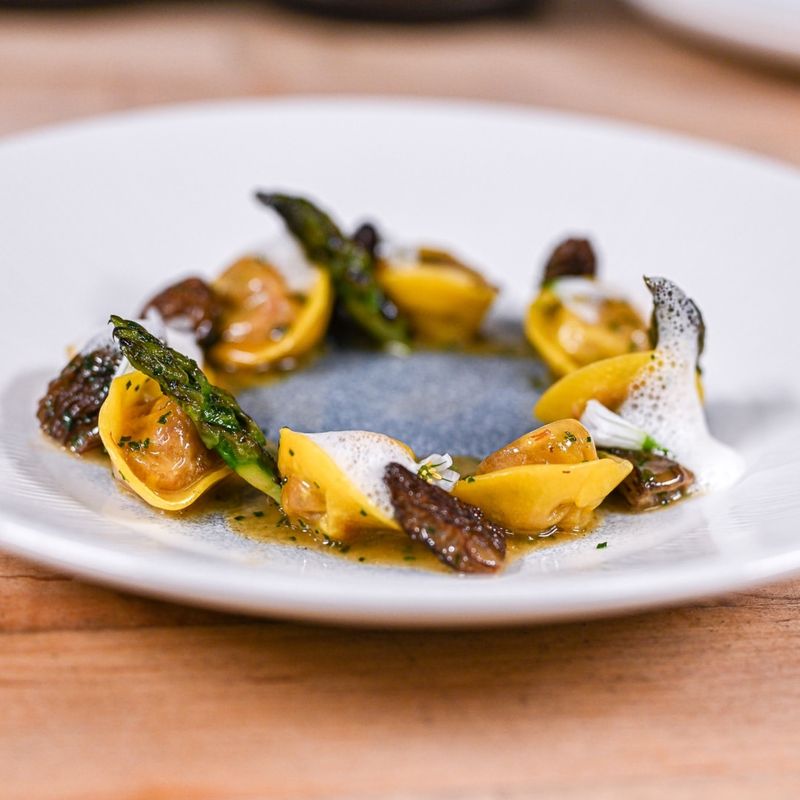
Molecular gastronomy focusing on the physical and chemical transformations in cooking. Techniques like spherification and gelification make diverse textures and flavors, challenging traditional culinary norms. This avant-garde approach encourages chefs to think outside the box, experimenting with new ingredients and methods. Molecular gastronomy requires a keen understanding of both cooking principles and chemistry. While it might seem advanced, home cooks can explore this technique with kits designed for kitchen experimentation. As a field that thrives on curiosity and innovation, molecular gastronomy offers many possibilities for those willing to explore the uncharted territories of cuisine.
6. Stir-Frying
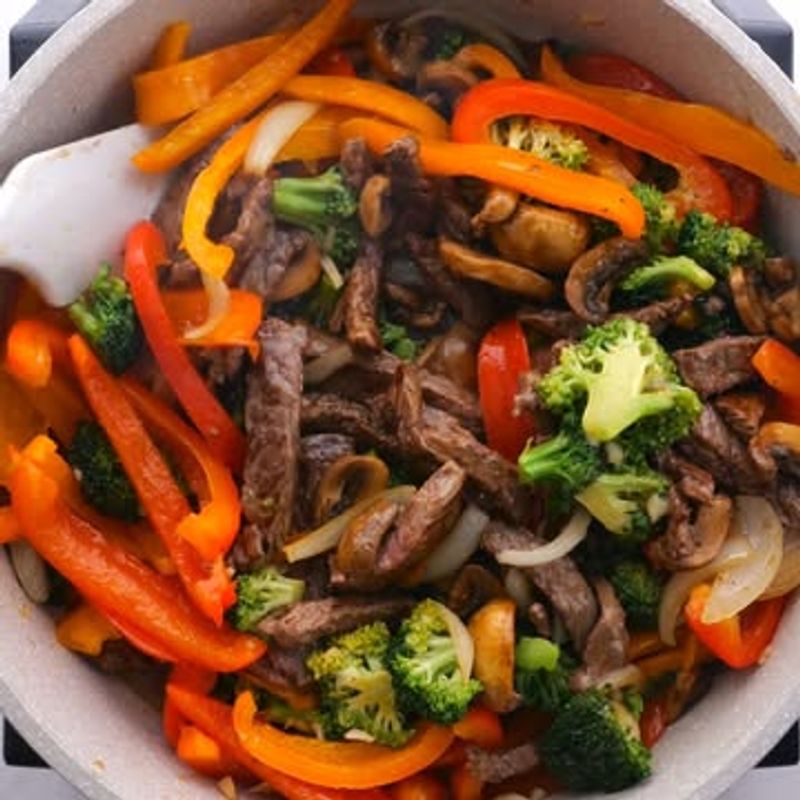
Stir-frying is an Asian cooking technique that involves cooking food quickly at high heat in a wok with a small amount of oil. This method is ideal for cutting down cooking time while preserving the texture and nutrients of the ingredients. The key to successful stir-frying is to keep the food constantly moving, ensuring that each piece is evenly cooked and coated with sauce. This technique is particularly suitable for bite-sized pieces of meat and vegetables. Stir-frying can introduce a delightful crunch to your meals, providing a healthy dish that bursts with flavor and color.
7. Flash Freezing
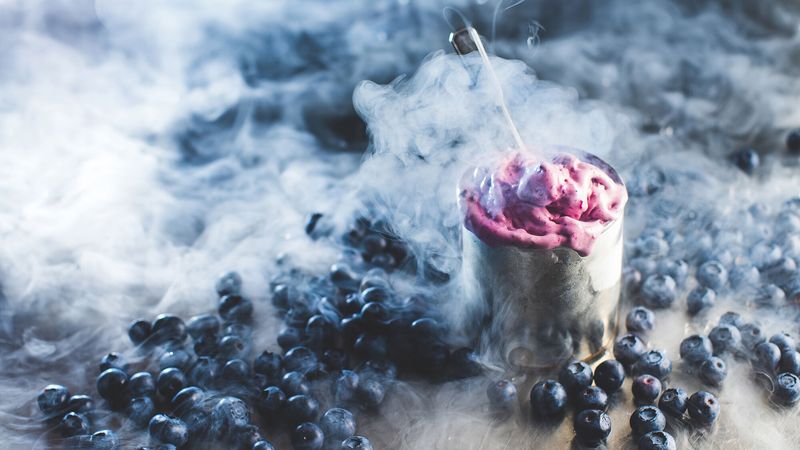
Flash freezing is a technique that rapidly lowers the temperature of food to preserve texture and flavor. Unlike traditional freezing methods, flash freezing minimizes ice crystal formation, retaining the food’s original quality. This method is widely used in commercial applications but can be applied at home with liquid nitrogen. Flash freezing is particularly beneficial for delicate items like berries or seafood. The process is quick and efficient, locking in nutrients and freshness. While it may seem complex, adventurous home cooks can experiment with this technique using specialty equipment. Flash freezing opens new possibilities for preserving seasonal foods and exploring creative culinary presentations. It’s a contemporary approach to freezing that combines science and practicality in the kitchen.
8. Curing
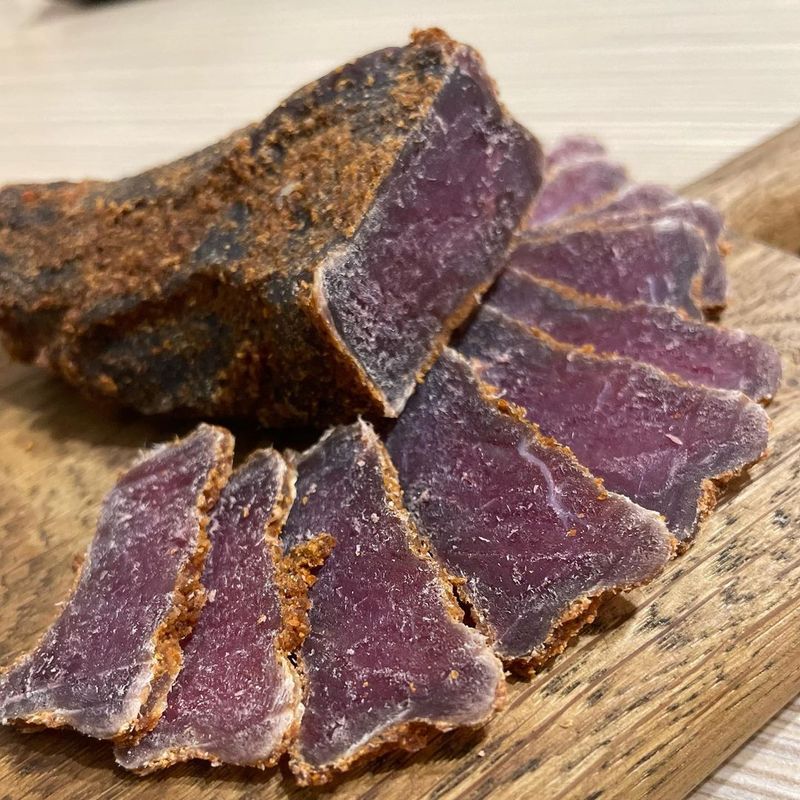
Curing is the process of preserving food through the use of salt, sugar, or other curing agents. This age-old technique enhances flavors while ensuring the longevity of meats and fish. Curing can be dry or wet, with each method imparting different textures and tastes. The choice of spices and herbs adds a personal touch, making different flavor profiles. Curing requires patience and an understanding of the balance between ingredients and time. It’s a technique that connects us to culinary traditions, offering a taste of history. Whether preparing homemade bacon or gravlax, curing allows for creativity and exploration in the kitchen. It’s a method that celebrates the art of preservation, bringing depth and character to a wide array of dishes.
9. Emulsification
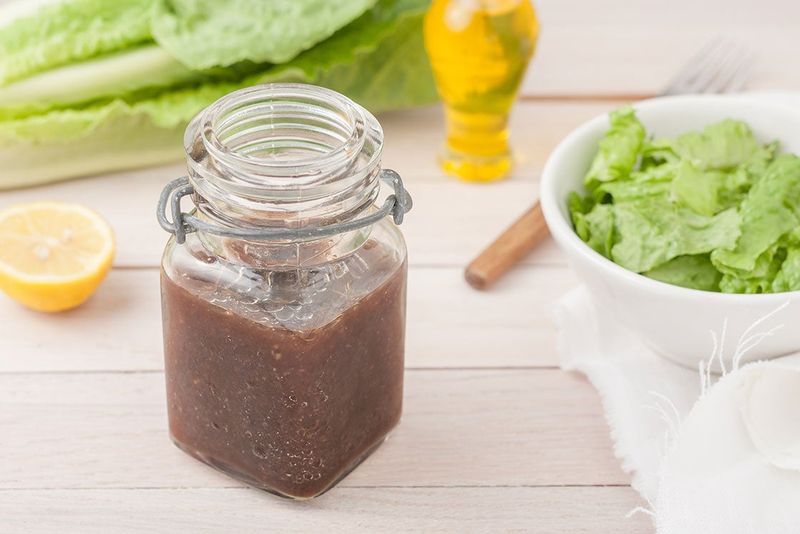
Emulsification is the process of combining two immiscible liquids, like oil and balsamic vinegar, into a stable mixture. This technique is essential for making sauces, dressings, and mayonnaise. The key to successful emulsification lies in the gradual introduction of one liquid into another while whisking vigorously. Emulsifiers like egg yolks or mustard can aid in stabilizing the mixture. Mastering this technique requires practice and patience, as the balance of ingredients is crucial. Emulsification is more than just a cooking method; it’s a skill that enhances culinary creativity. From creamy dressings to luxurious sauces, emulsification offers many opportunities to experiment with flavors and textures. It’s a fundamental technique that every cook should have in their repertoire, adding flair and sophistication to homemade dishes.
10. Baking
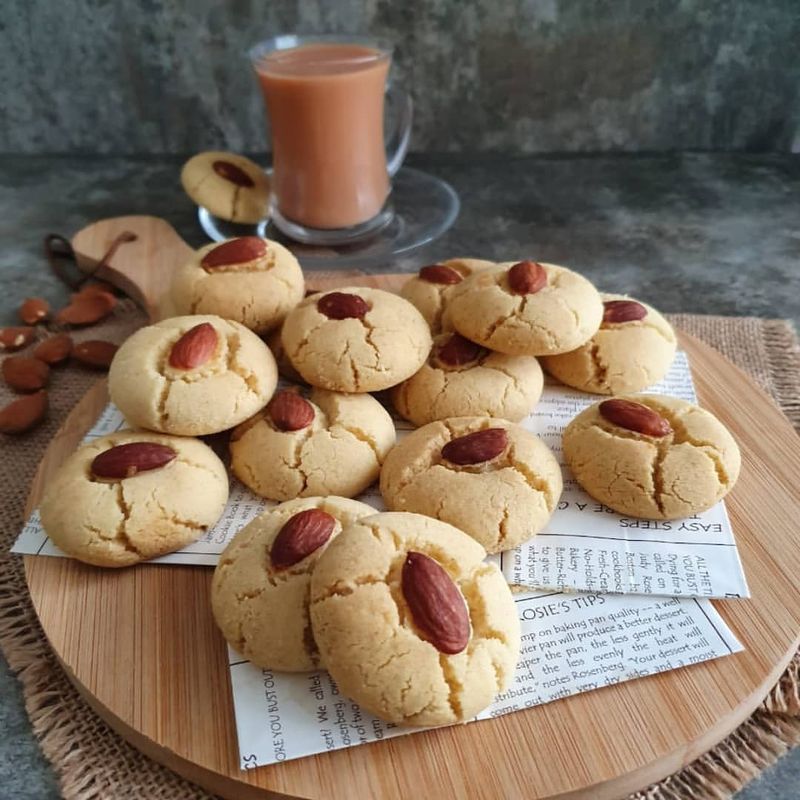
Baking is a dry heat cooking method that is used for preparing breads, pastries, and other desserts. It involves cooking food by surrounding it with hot air in an oven. This technique is essential for making everything from crusty bread to tender cakes. Successful baking requires precise measurements and temperatures, making it more of a science than other cooking methods. Understanding how ingredients react to heat and one another is crucial for achieving ideal results every time. With patience and practice, baking can become a rewarding skill, allowing you to make delicious homemade treats.
11. Poaching
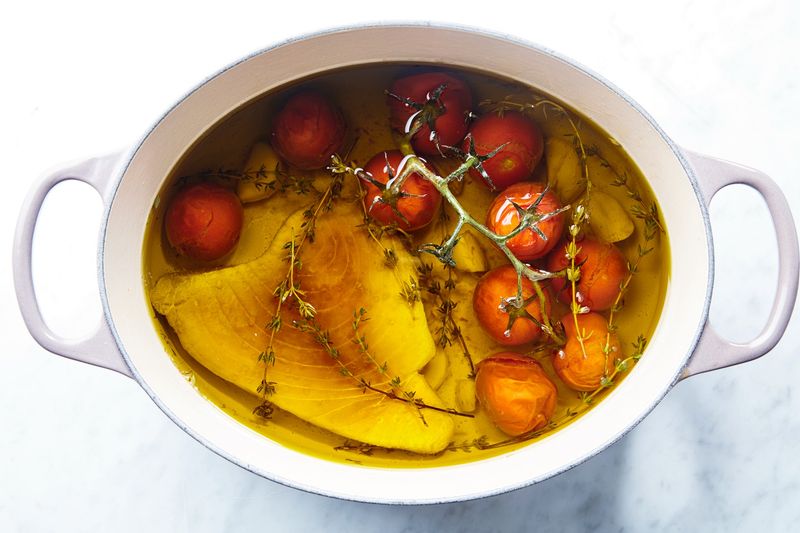
Poaching is a gentle cooking method that involves simmering food in a flavorful liquid at low temperatures. This technique is ideal for delicate items like eggs, fish, and poultry, preserving their texture and moisture. The key to successful poaching is maintaining a consistent temperature, preventing overcooking. The choice of poaching liquid, whether broth or water, influences the final taste, allowing for customization. Poaching is a versatile method that adapts well to various recipes, from breakfast dishes to elegant dinners. It requires a delicate touch and attention to detail, rewarding cooks with tender and flavorful results. Poaching is a technique that embraces simplicity and quality, offering a refined approach to preparing everyday meals.
12. Grilling
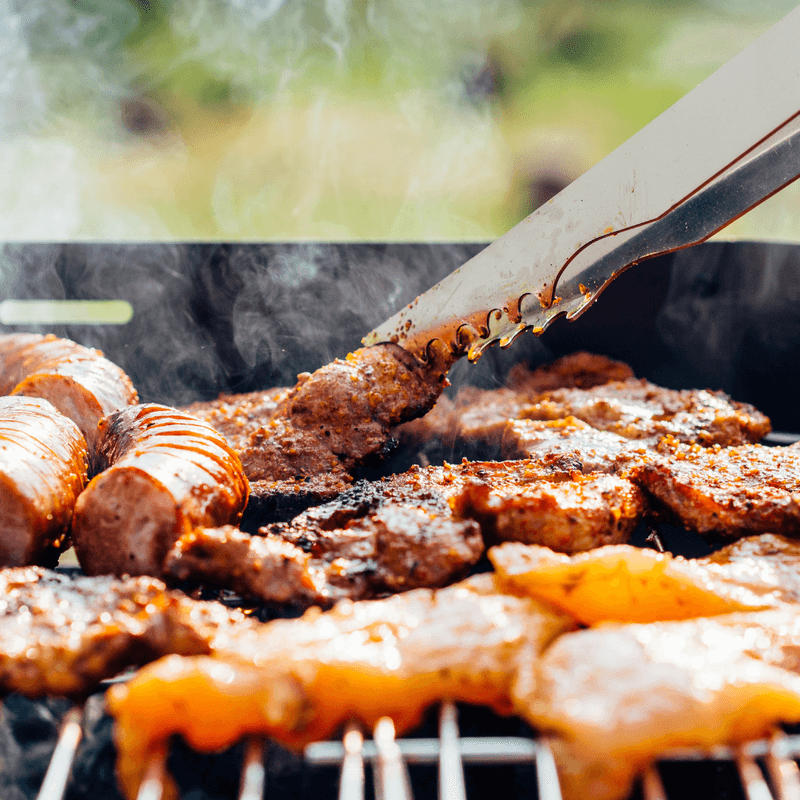
Grilling is a popular cooking technique that involves cooking food over direct heat. This method imparts a distinctive char and smoky flavor to meats, vegetables, and more. Grilling can be done on various equipment, from traditional charcoal grills to modern gas grills. The key to successful grilling is mastering the balance of heat and timing, ensuring that food is cooked evenly without burning. Grilling offers diverse possibilities, from experimenting with marinades to exploring different wood chips for added flavor. It’s a social and interactive cooking method, ideal for gatherings and outdoor events. Grilling is a technique that brings people together, enjoying cooking and sharing food. It’s a different approach to any meal.
13. Foaming
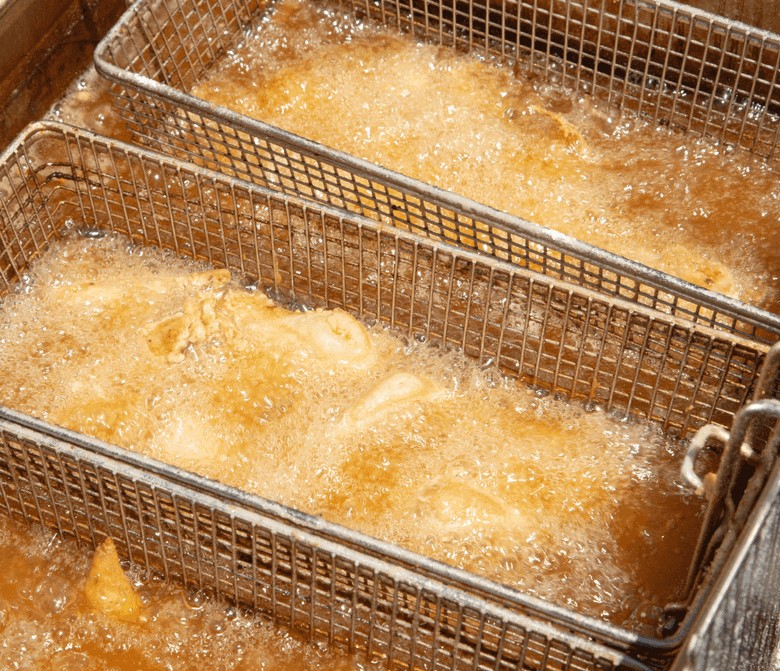
Foaming is a modern technique that makes airy, light textures by whipping air into liquids. This method is often used to add visual interest to dishes. Culinary foams can be savory or sweet, adding a layer of complexity to the plating. The process involves using a siphon or immersion blender, along with stabilizers like lecithin, to achieve the desired texture. While foaming is a technique popularized by molecular gastronomy, it’s accessible to home cooks willing to experiment. The key to successful foaming lies in the balance of flavors and consistency. It’s a technique that encourages creativity, turning ordinary ingredients into extraordinary culinary experiences. Foaming offers a different approach to cooking.
14. Dry Aging
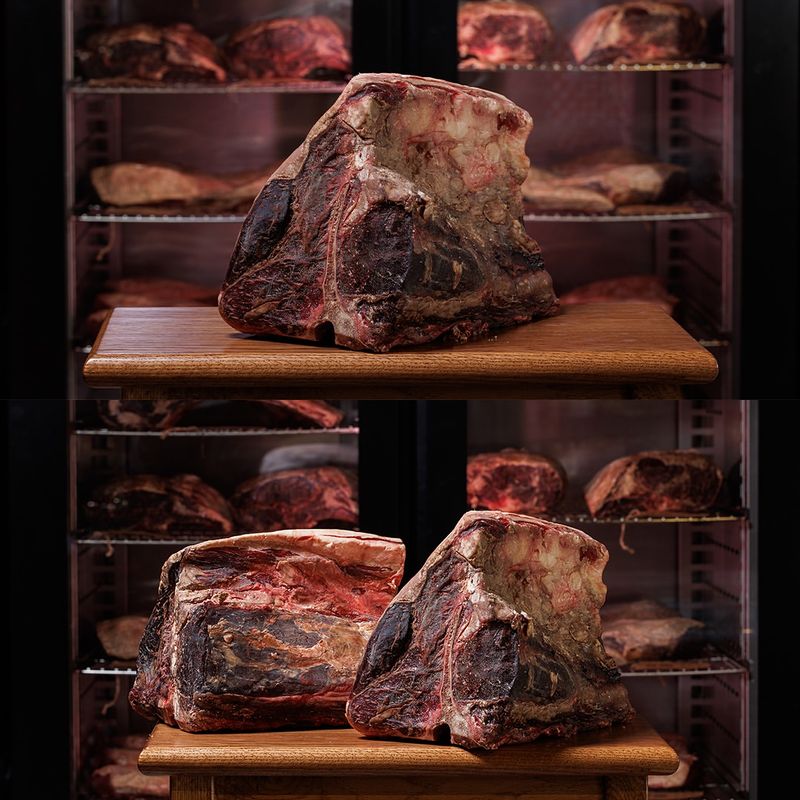
Dry aging is a technique that enhances the flavor and tenderness of meat by hanging it in a controlled environment. The process allows natural enzymes to break down muscle fibers, intensifying flavors and improving texture. Dry aging requires precise control of temperature, humidity, and airflow, making it a practice often reserved for professional settings. However, adventurous home cooks can experiment with dry aging on a smaller scale. The key to successful dry aging is patience, as the meat must be aged for several weeks to achieve optimal results. This technique adds depth and character to meats, making a diverse culinary experience.
15. Confiting
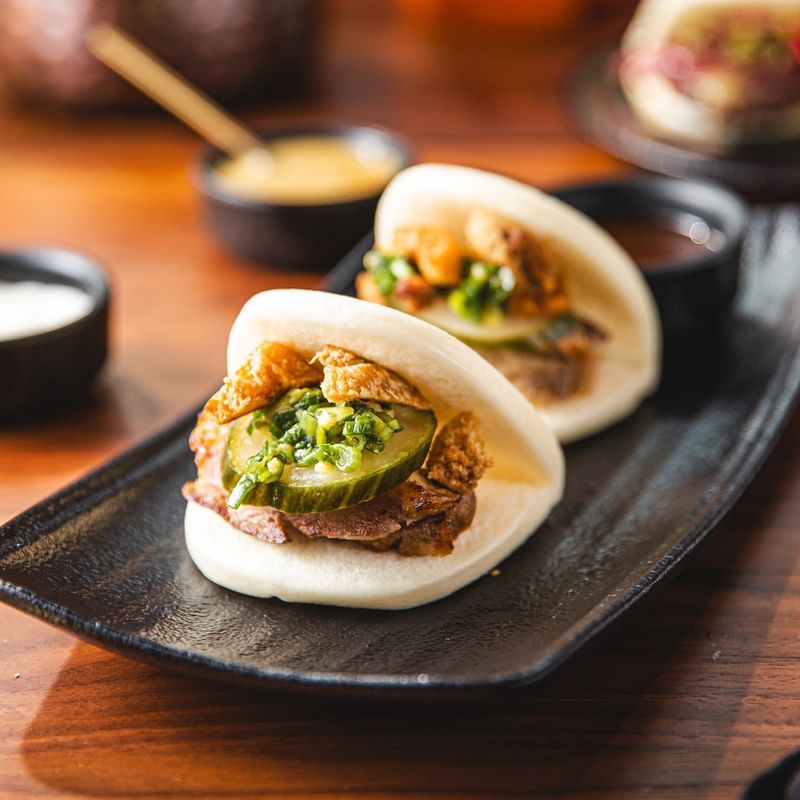
Confiting is a traditional technique of cooking food slowly in its fat, often used for meats like duck or goose. This method preserves and enhances flavors, producing tender and succulent results. Confiting requires time and attention, as the slow cooking process is essential to achieve the desired texture. The rendered fat not only acts as a cooking medium but also preserves the food, adding layers of flavor. While confiting is often associated with classic French cuisine, it can be applied to various ingredients, offering a luxurious touch to everyday cooking. The key to successful confiting lies in patience and precision, rewarding cooks with rich and flavorful dishes.
16. Sprouting
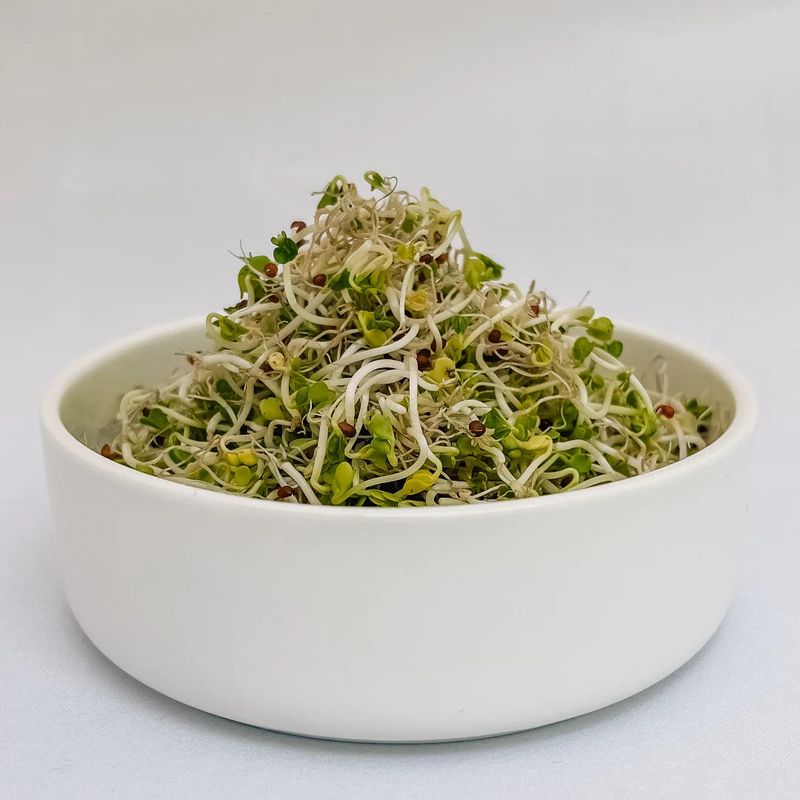
Sprouting is the process of germinating seeds to enhance their nutritional value and flavor. This technique is simple and can be done at home with minimal equipment. Sprouting seeds like alfalfa, mung beans, or lentils produce fresh and crunchy additions to salads and sandwiches. The process requires rinsing and draining seeds regularly, allowing them to grow in a controlled environment. Sprouting boosts the nutritional content of seeds, unlocking vitamins and enzymes beneficial for digestion. It’s a technique that encourages healthy eating, offering a fresh addition to meals. Sprouting is a fun and interactive way to explore the life cycle of plants, connecting cooks with their food. It’s a technique that adds vitality and freshness to everyday dishes, celebrating the simple beauty of nature.
17. Dehydrating
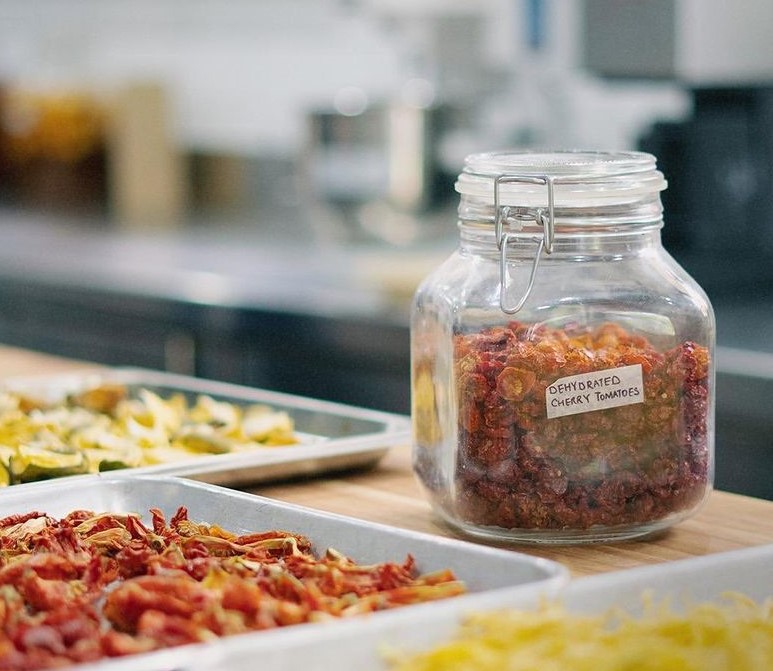
Dehydrating is a technique that removes moisture from food, preserving it and intensifying flavors. This method is ideal for making snacks like dried fruits, jerky, and herbs. Dehydrating can be done with specialized equipment like dehydrators or simply in an oven. The process requires time and patience, as foods must be dried at low temperatures to retain nutrients. Dehydrated foods offer a convenient and healthy option for on-the-go snacks and cooking. The key to successful dehydrating is in the preparation and slicing of ingredients, ensuring even drying.
